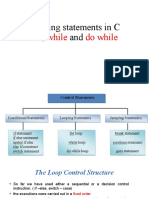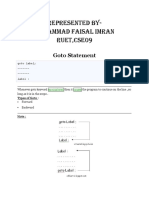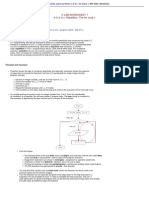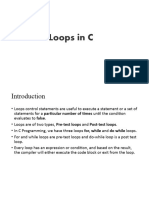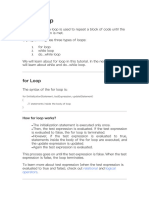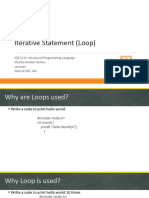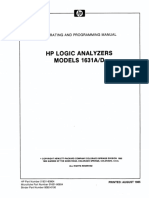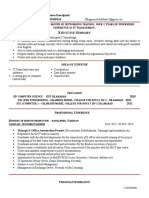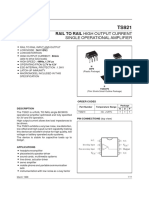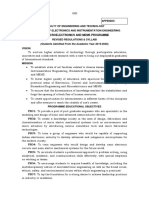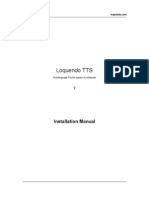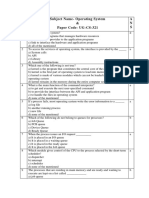0% found this document useful (0 votes)
34 views3 pagesExplain For Loop in C
The document explains the for loop in C programming, detailing its syntax, components (initialization, condition, update), and flow of execution. It includes examples demonstrating simple counting, different step increments, and reverse counting, as well as important notes on semicolons, empty loops, infinite loops, and variable scope. Understanding the for loop is essential for automating repetitive tasks and iterating over data structures in C.
Uploaded by
kk1982johnsonCopyright
© © All Rights Reserved
We take content rights seriously. If you suspect this is your content, claim it here.
Available Formats
Download as PDF, TXT or read online on Scribd
0% found this document useful (0 votes)
34 views3 pagesExplain For Loop in C
The document explains the for loop in C programming, detailing its syntax, components (initialization, condition, update), and flow of execution. It includes examples demonstrating simple counting, different step increments, and reverse counting, as well as important notes on semicolons, empty loops, infinite loops, and variable scope. Understanding the for loop is essential for automating repetitive tasks and iterating over data structures in C.
Uploaded by
kk1982johnsonCopyright
© © All Rights Reserved
We take content rights seriously. If you suspect this is your content, claim it here.
Available Formats
Download as PDF, TXT or read online on Scribd
/ 3
